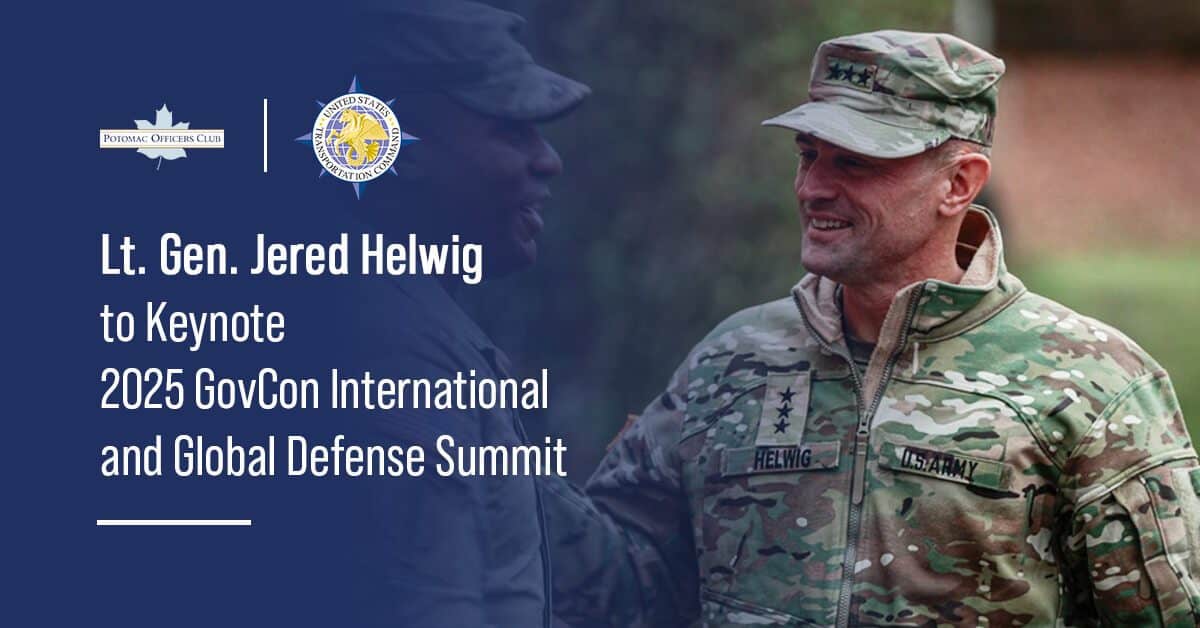
Digital twinning
Air Force Official Touts Benefits of Digital Engineering in War
Digital engineering techniques can bolster the Air Force community’s manufacturing capabilities during times of war, according to a top materiel official.
Gen. Arnold Bunch, commander of the Air Force Materiel Command, said digital engineering would allow the Air Force’s industrial base to update components and weapons systems at the speed of relevance, Nextgov reported Wednesday.
“I want to get the technical part to the point that if we need to make a change and need to go another way to get a component in, or something else, that we can do that,” Bunch said during a Defense Writers Group meeting.
Digital engineering is a modern design method that uses tools like simulations, 3D models and digital twins, which are digital representations of real-world objects.
Former Air Force acquisition chief Will Roper previously hailed digital engineering as a quick and cost-effective solution for repairing or upgrading future capabilities.
Roper, a past Potomac Officers Club event speaker and a three-time Wash100 winner, added that digital twin technology could allow the Air Force to retire old systems through the rapid development of new capabilities in smaller batches.
The Air Force has used digital engineering to develop a new fighter jet as part of its Next-Generation Air Dominance program.
Digital engineering also played a role in the creation of a T-7A Red Hawk jet fighter trainer, in addition to supporting the Air Force’s replacement program for the Minuteman III missile.
Roper has also argued that digital engineering can allow the Air Force to free up the budget for other modernization and sustainment efforts.

Category: Defense and Intelligence




